Made-In-India Rare Earth Magnets Coming Soon: Details
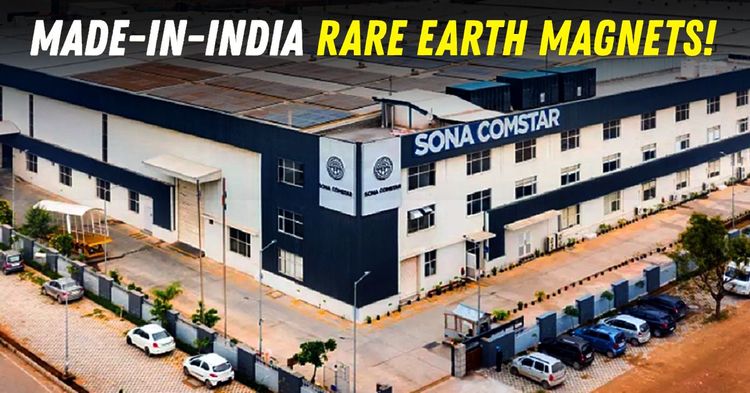

In a major development for the EV ecosystem, Sona Comstar is preparing to manufacture rare earth magnets in India for use in electric vehicle motors. Production is expected to begin by the end of 2025. This move could reduce India’s near-total dependence on China for this critical component and marks a step forward in making the local EV supply chain more resilient.
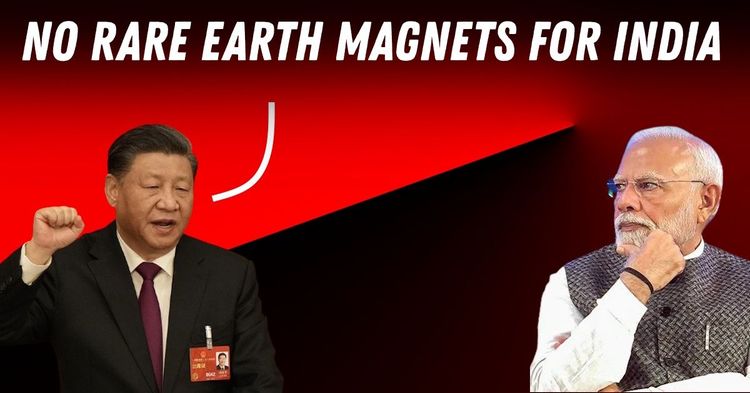
Rare earth magnets are a key part of electric motors, especially those used in traction drives of EVs. Most of the world’s supply currently comes from China, giving rise to concerns about geopolitical risks and price volatility. By producing these magnets domestically, Sona Comstar is addressing one of the major choke points in EV manufacturing.
Permanent magnet motors offer better efficiency and performance than induction motors, making them the preferred choice for most electric scooters, motorcycles, and passenger cars. However, the key raw materials, neodymium, praseodymium, and dysprosium, are scarce and complex to process.
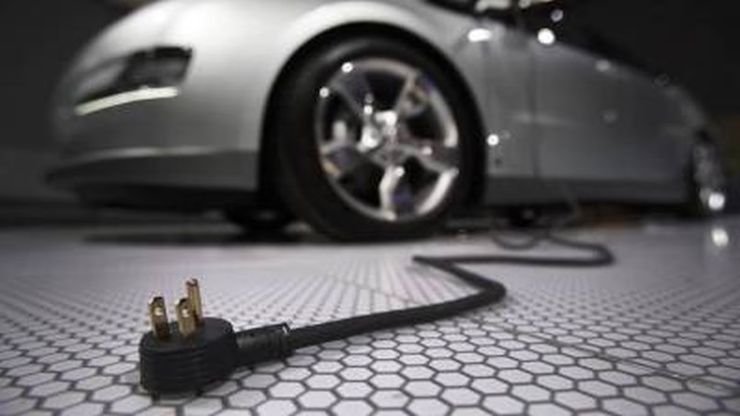
Until now, Indian EV makers had to import these magnets, adding cost and creating delays. With Sona’s local production, not only will costs reduce, but Indian manufacturers will also gain more control over their supply chain. This could make domestic EVs more price competitive and production schedules more reliable.
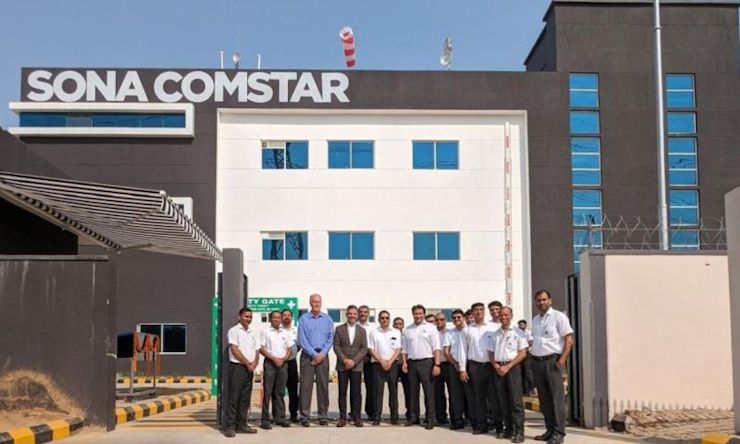
Sona Comstar’s facility in Haryana will be the first in the country to process and produce rare earth magnets at commercial scale. It will start with 500 tonnes per annum of production capacity, enough to power over a million EV motors per year.
This is more than just a manufacturing update, it signals a maturing of India’s EV industry. For years, the focus has been on vehicle assembly. Now, attention is turning to localisation of core technologies. Battery cell production, semiconductor assembly, and now magnet manufacturing are all seeing investment.
Sona’s announcement aligns with the government's PLI scheme, which supports the local manufacture of advanced auto components. If successful, this initiative could also lead to the development of a rare earth value chain in the country, including recycling of e-waste to extract these materials.
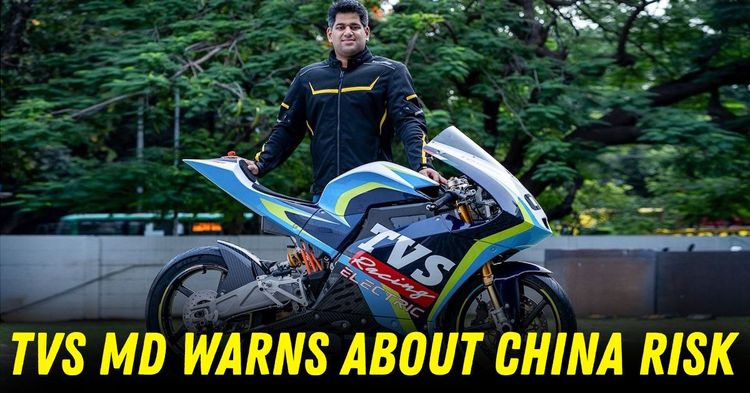
Local magnet production will particularly benefit two-wheeler and compact car manufacturers who rely on cost-effective solutions to maintain margins. Brands like TVS, Bajaj, and Tata could be among the early adopters.
It also opens up the possibility for Indian EV parts suppliers to start exporting. If the quality matches global standards, Sona Comstar could soon find itself not only supplying to domestic OEMs, but also to global companies looking to diversify away from China.
Of course, success will depend on the quality, cost competitiveness, and long-term scalability of this venture. Rare earth processing has its own environmental challenges, and raw material sourcing will still partly rely on imports unless domestic mining is scaled up.
Still, this move represents a solid step toward supply chain independence. The EV transition cannot just be about selling more scooters or cars - it must also include building the deep-tech capability to support it. With Sona’s entry into magnet production, that journey has begun.